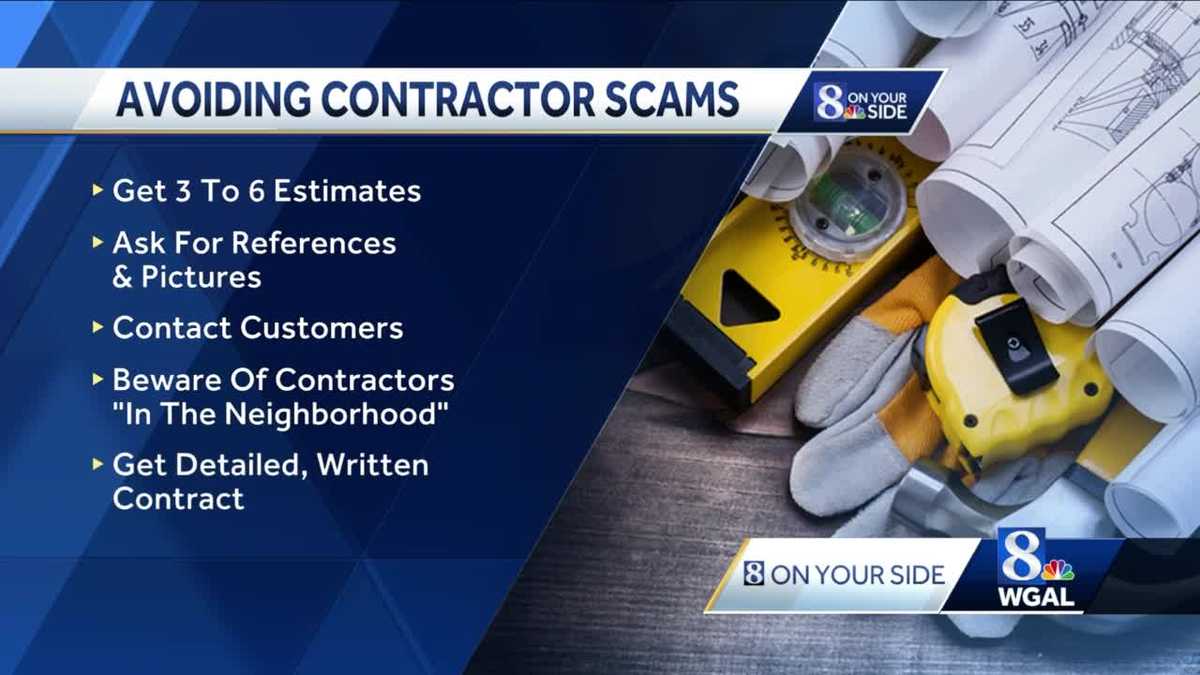The inclusive restrooms in the I. King Jordan Student Academic Center at Gallaudet University in Washington, D.C., by MixDesign
For all their good intentions, “accessible design” solutions can sometimes make things worse. Wheelchair ramps and lanes reserved for people with mobility issues, for instance, can unintentionally create stigma. Often conceived as accommodations or alternatives, these solutions run the risk of spatially isolating users and and further perpetuating discrimination.
The problem can largely be traced to architecture’s narrow understanding of the lively diversity of its users, says Joel Sanders, FAIA, co-founder of the New York–based think tank and design firm MixDesign. “Since antiquity, the body that architects have been designing for in the West has generally been assumed to be white, able-bodied, cisgendered, heterosexual, and until recently, male,” he says. Anyone who deviates from the Vitruvian ideal is flagged as a special needs case.
Many failures of accessible design are manifest in public restrooms. Sometimes poorly conceived, the everyday necessities can become spaces where “architecture, through its codes and conventions, naturalizes lots of cultural assumptions about human bodies and identities,” Sanders contends. A professor at Yale University, he founded MixDesign with transgender studies pioneer Susan Stryker and University of Utah law professor Terry Kogan in 2017 “to combat architecture’s complicity in reinforcing structural racism, heteronormativity, and ableism.”
MixDesign methodology diagram
MixDesign espouses an “intersectional approach,” explains Sanders. In designing accessible spaces, the firm goes beyond physical disabilities emphasized in the Americans with Disabilities Act and delves into culture, gender, and the myriad neurodiverse factors that shape our experience of the world. MixDesign’s ongoing research project called Stalled! has yielded prototypes and recommendations for creating truly inclusive facilities.
MixDesign’s rethink of gender-neutral bathrooms at Gallaudet University’s student center in Washington, D.C., demonstrates this philosophy. After conducting several design workshops with students, faculty, and administrators at the 157-year-old school for the deaf and hard of hearing, the firm conceived a duo of open-plan restrooms—each approximately 950 square feet and containing 11 stalls—where users of all needs and temperaments can be comfortable.
We think of the restroom as a kind of social condenser and an animated hub. It sends a signal: Health, wellness and well-being, and inclusivity are important to our university.
Sanders says that an open layout creates “potty parity” and solves the dilemma of having long queues in one of the gendered bathrooms. Crucially, it also improves safety, explains Sanders, citing Jane Jacobs’ “eyes-on-the street philosophy” where a crowd proves to be the best deterrent against violence in public spaces. This is particularly critical for trans women of color, who have been assaulted in public restrooms.
Creating a sense of privacy was also a priority. MixDesign installed ceiling-height cubicle doors instead of short and flimsy partitions, with visible gaps, common in American bathrooms. Rather than a row of identical stalls, MixDesign introduced a variety of cubicle sizes and layouts: standard stalls measuring 3′-6″ x 5′-2″; ADA-compliant stalls measuring 6′-10″ x 5′-2″; and larger stalls measuring 10′-2″ x 5′-6″. Dubbed “caregiving rooms,” these larger stalls are equipped with a toilet, sink, and mirror to accommodate those who require complete privacy, including those with paruresis, or “shy bladder syndrome,” who find it difficult to urinate in public, Sanders adds.
Finished in a palette of calming shades, durable tile flooring, and fixtures from American Standard, Elkay, Bobrick, and Koala Kare, each restroom comprises 11 individual stalls.
“There is no such thing as truly universal design,” Sanders points out. “Some populations have separate privacy needs or religious needs that don’t allow them to share [spaces].” The architect’s calling, he argues, is to find a “balance between sharing and respecting differences.”
Another notable feature of MixDesign’s scheme is positioning the restrooms in high-traffic areas within Gallaudet’s I. King Jordan Student Academic Center. Instead of tucking them away at the end of long corridors, the two facilities are adjacent to the building’s entrances and offer lounging spaces for students to wait their turn or simply hang out. MixDesign sought the school’s guidance on designing “deaf spaces” and selected high-back seating upholstered in shades of blue that complement universal skin tones; the color contrast improves visibility for people using sign language.
“We think of the restroom as a kind of social condenser and an animated hub,” Sanders says. “It sends a signal: Health, wellness and well-being, and inclusivity are important to our university.”
“We are thrilled with the newly constructed inclusive public restrooms,” concurs Elizabeth Brading, Gallaudet’s executive director of campus design and facilities, who worked closely with MixDesign. “It showcases Gallaudet University as a pioneering institution with an ongoing commitment to meeting the needs of a diverse campus community.”
Ultimately, Sanders says, designing spaces for accessibility means working closely with people with lived experience of the issues at hand—a feedback loop that architects traditionally deprioritized or avoided. “I’m trying to unlearn everything I was taught about being an architect and learning to listen,” he says.
This article first appeared in ARCHITECT’s April 2022 issue.


